Here, the story of bringing heritage out of the conservation framework and into contemporary life is viewed in a profound and multidimensional way.
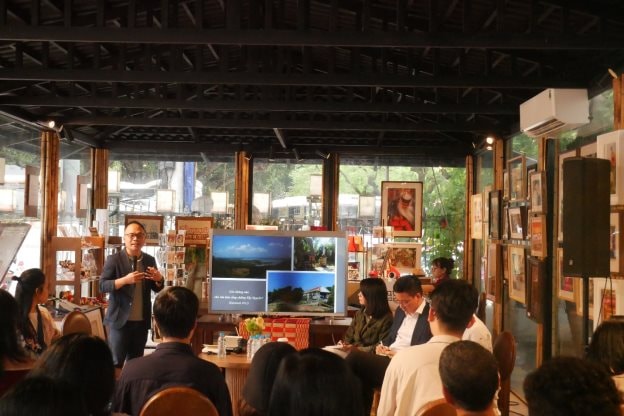
According to the delegates attending the workshop, Vietnam is a country that possesses a rich treasure of intangible cultural heritage, crystallized from the working life, beliefs and arts of many generations. However, in the flow of the cultural industry, heritage is no longer only preserved in museums or on stage, but is becoming the material to nurture new forms of creativity. This movement, although full of potential, also entails many challenges in commercializing traditional values, the lack of a clear ethical mechanism between creators and artisans, or the ambiguity of intellectual property rights.
Dr. Mai Thi Hanh, Deputy Head of the Faculty of Cultural Industry and Heritage, School of Interdisciplinary Sciences and Arts (VNU), said that heritage should be viewed as a dynamic entity, always operating with life.
Ms. Hanh commented: “We are used to considering conservation as framing heritage, displaying it and admiring it. But now, conservation must be associated with creativity, so that heritage can be used and its meaning recreated in the present. It is an act of dialogue between the past and people today.”
According to Ms. Hanh, instead of worrying about the destruction of heritage, new approaches should be encouraged, so that each traditional value can be revived in contemporary language without losing its soul.
Dr. Tran Hoai, Head of the Department of Heritage Studies, School of Interdisciplinary Sciences and Arts (VNU) shared the story of artisan A Thut, a Ba Na ethnic group in the Central Highlands, as a testament to living heritage in motion. After his village was relocated due to the construction of a hydroelectric dam, Mr. A Thut turned gong performances into an opportunity for the community to look back and renew their culture.
Mr. Hoai shared: “He no longer performs gongs just as a ritual, but sees it as an opportunity to tell the story of Ba Na identity to the world . He teaches young people, interacts with the audience, and in that action, the heritage is revitalized.” That story shows that heritage is not static, it exists through transmission, reproduction and interaction, where the artisan becomes a creative subject, not just a preserver.
From a legal perspective, Dr. Le Tung Son (University of Social Sciences and Humanities) pointed out the gap in the current legal framework regarding the economic rights of communities holding indigenous knowledge. “The current law only recognizes spiritual values, but does not yet stipulate a mechanism for sharing material benefits for artisans. Meanwhile, creators based on heritage are protected by intellectual property rights. This can lead to a paradox, the community may have to pay for its own heritage,” Mr. Son commented. This issue raises the need for a fairer mechanism, where each creative product from heritage needs to come with social responsibility and reasonable benefit sharing.
On the other hand, many positive cooperation models have also been recognized. At the Vietnam Intangible Cultural Heritage Promotion and Education Center (VICH), the connection between artisans and young people has helped many genres such as Cheo, Xam, Hat Van to be approached in a new way. The center's director, Ms. Nguyen Thi Le Quyen, shared: "We always try to make young people not only see heritage as a lesson from the past, but also feel that heritage is a part of themselves. When they find themselves in it, heritage can truly live."
That spirit is also reflected in art projects that combine traditional crafts and contemporary design. Visual artist Tran Thao Mien believes that creating from heritage requires humility and respect. “We should not consider heritage as raw materials to exploit, but as partners to talk to. Any collaboration is only sustainable when there is fairness and respect between the creator and the knowledge-holding community,” she shared.
From these diverse perspectives, it can be seen that heritage is not only a memory, but also a resource for creativity and development. When preserved in motion, heritage will become a stream that nurtures Vietnamese identity in modern times. To do that, we need a responsible creative ecosystem, where each product is not only beautiful but also ethical, knowledgeable and accompanied by the community.
Source: https://congluan.vn/di-san-song-cung-hoi-tho-thoi-dai-khi-qua-khu-tro-thanh-nguon-nang-luong-sang-tao-10317116.html


![[Photo] Cutting hills to make way for people to travel on route 14E that suffered landslides](https://vphoto.vietnam.vn/thumb/1200x675/vietnam/resource/IMAGE/2025/11/08/1762599969318_ndo_br_thiet-ke-chua-co-ten-2025-11-08t154639923-png.webp)













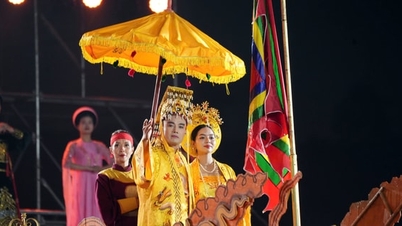

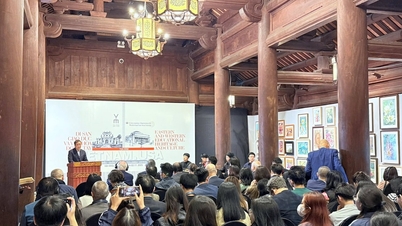



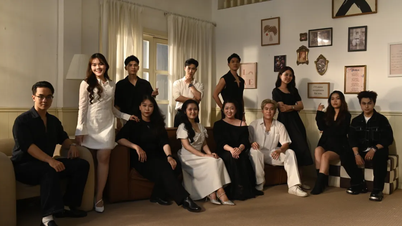
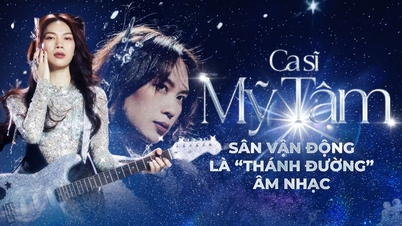



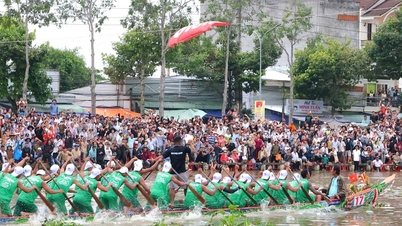









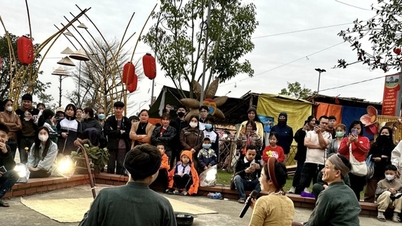









![[Video] Hue Monuments reopen to welcome visitors](https://vphoto.vietnam.vn/thumb/402x226/vietnam/resource/IMAGE/2025/11/05/1762301089171_dung01-05-43-09still013-jpg.webp)




























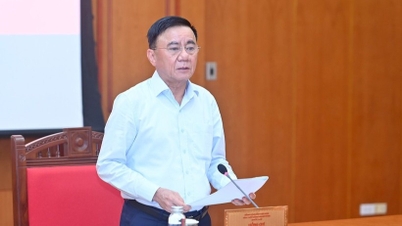


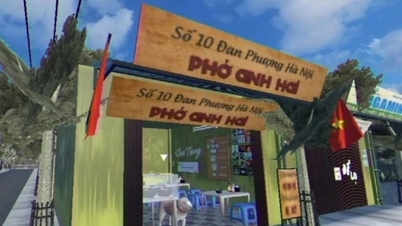





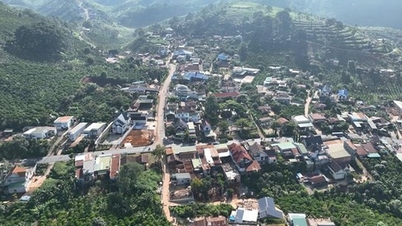













![Dong Nai OCOP transition: [Part 2] Opening new distribution channel](https://vphoto.vietnam.vn/thumb/402x226/vietnam/resource/IMAGE/2025/11/09/1762655780766_4613-anh-1_20240803100041-nongnghiep-154608.jpeg)













Comment (0)